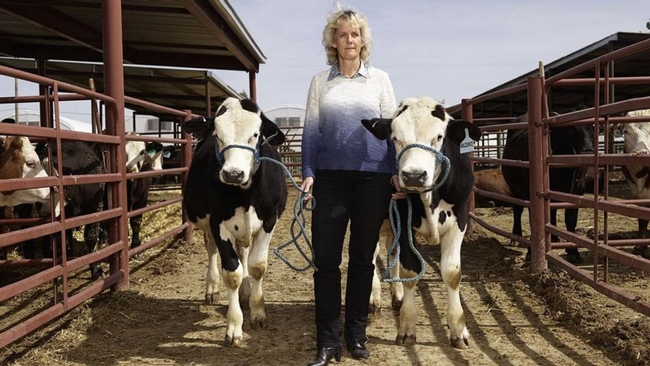Scientists in labs across the world have used gene modification to create virus-resistant pigs, heat-tolerant cattle and fatter, more muscular lambs - potential improvements for animal agriculture - but will people ever eat them? asks reporter Carolyn Johnson in the Washington Post.
Johnson opened her story with a scene from UC Davis, where UC Cooperative Extension specialist Alison Van Eenennaam was conducting ultrasounds on cattle to determine whether they were pregnant. The animals had been implanted with embryos genetically edited to grow and look like males, regardless of their gender.
Also on the UC Davis campus, Van Eenennaam cares for five bulls and a heifer that represent the second generation of cattle whose genetic propensity to have horns has been edited out of their DNA. The process spares the animals the common de-horning procedure, which protects animals and animal handlers from gory accidents.
Gene-edited plants will soon be in grocery stores, but similar tinkering with the DNA of animals faces a far more uncertain future, the article said.
A setback to gene editing came in early 2017 when the FDA put out draft guidance indicating that animals with intentionally altered DNA would be regulated as containing veterinary drugs. And the complexity and difficulty of using gene editing was also noted in the story. The ultrasounds of cattle Van Eenennaam and her staff implanted with the genetically altered fetuses yielded no pregnancies.
